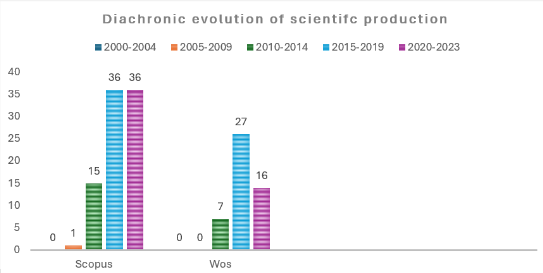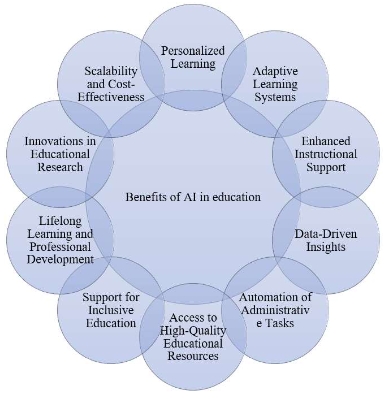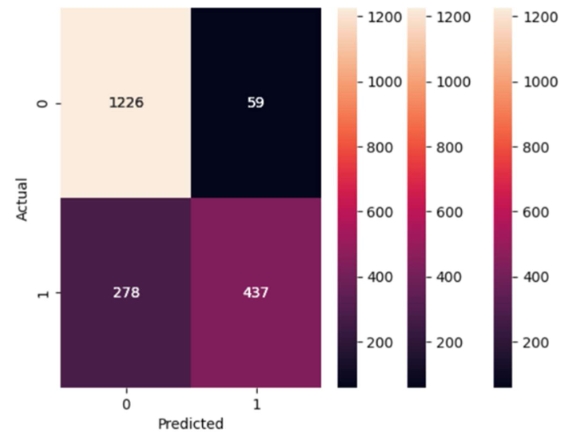Factors influencing instructional practices of grade-12 mathematics teachers in Tigray: Lessons from content analysis and socio-economic perspectives of teachers
Abstract
Content analysis is a research tool used to determine the presence of certain words, themes, or concepts within, for example, textbooks. Mathematics textbooks have a significant impact on students’ learning due to their role during the instructional processes. Both quantitative and qualitative data from primary and secondary sources were employed using content analysis of grade-12 mathematics textbooks and responses from 23 teachers from schools in three randomly selected zones out of seven. The objective is to identify strengths and/or weaknesses of the textbook and challenges affecting teachers’ instructional practices, thereby recommending corrective measures to be taken by stakeholders and policymakers. The nine units/sub-topics of the textbook have been analyzed in terms of coverage, vertical-horizontal relationships, integration, continuity, sequence, and the application of higher-level cognitive objectives. Results from responses to closed-and open-ended questions revealed that major problems with the instructional practices include low interest of students (Mean = 4.22, SD = 1.06) resulting in a high rate of migration, bulky content (Mean = 4.0, SD = 1.14), lack of support from parents (Mean = 3.78, SD = 0.98), shortage of time/period allotment (Mean = 3.65, SD = 1.05), and insufficient training (Mean = 3.35, SD = 1.05). The identified themes/patterns are narrated, sequenced, and interpreted using different perspectives. Findings indicated that there are no conceptual problems throughout, but there are weaknesses in the textbook, such as the problem of horizontal articulation with other subjects like physics. There is a need to address the imbalance on the cognitive objectives, and teachers focus on lecturing to cover the voluminous content. This requires due attention through the participatory approach model (PAM), including awareness creation to reduce migration and providing continuous short-term trainings for teachers as per set national and/or international standards at all levels to improve the quality of education.
References
[1]Simamora SJ, Simamora RE, Sinaga B. Application of problem-based learning to increase students’ problem-solving ability on geometry in class X SMA Negeri 1 Pagaran. International Journal of Sciences: Basic and Applied Research (IJSBAR). 2017; 36(2): 234-251.
[2]Parmar N. Difference between Curriculum and Syllabus: Definitions, Key Differences, and Similarities. CollegeSearch; 2023.
[3]MrHarrison. 20 Differences between Curriculum, Syllabus and Textbook. SimplEducation; 2023.
[4]Matejka K, Kurke LB. Designing a Great Syllabus. College Teaching. 1994; 42(3): 115-117. doi: 10.1080/87567555.1994.9926838
[5]Russo CJ. Encyclopedia of Education Law. Sage; 2008.
[6]Sunday AS. Mathematics Textbook Analysis: A Study on Recommended Mathematics Textbooks in School Use in Southwestern State of Nigeria. European Scientific Journal. 2014; 1: 140-151.
[7]Ministry of Education (MOE). Education and Training Policy. Transitional Government of Ethiopia; 1994.
[8]MOE. Education Sector Development Program VI (ESDP VI). Available online: https://moe.gov.et/storage/Books/Ethiopian%20Education%20Sector%20Development%20Program%206%20(ESDP%20VI).pdf (accessed on 6 May 2024).
[9]Park K, Leung KSF. A Comparative study of the mathematics textbooks of China, England, Japan, Korea, and the United States. In: Leung FKS, Graf K, Lopez-Real FJ (editors). Mathematics Education in Different Cultural Traditions—A Comparative Study of East Asia and the West. Springer; 2006. Volume 9. pp. 227-238. doi: 10.1007/0-387-29723-5_14
[10]Son JW, Senk SL. How reform curricula in the USA and Korea present multiplication and division of fractions. Educational Studies in Mathematics. 2010; 74(2): 117-142. doi: 10.1007/s10649-010-9229-6
[11]Rachel MZ, Kinfegebriel D, Kassa M, et al. Mathematics Student Textbook Grade-12. Federal Democratic Republic of Ethiopia, Ministry of Education. Star Educational Books Distributors Pvt. Ltd, New Delhi and Aster Nega Publishing Enterprise; 2010.
[12]Creswell JW, Creswell JD. Research Design: Qualitative, Quantitative, and Mixed Methods Approaches. Sage; 2018.
[13]Palma J. Basic Principles of Curriculum Content. Course Hero; 1992.
[14]Thanavathi C. Curriculum Design: In Curriculum in Education. Aram Book House; 2019. pp. 25-30.
[15]Bloom B. Taxonomy of educational objectives. In: Handbook 1: Cognitive Domain. Longman; 1956. p. 8.
[16]Orenstein AC, Hankins FP. Curriculum: Foundations, Principles, and Issues. Prentice Hall; 1988.
[17]Bilbao PP, Lucido PI, Iringan TC, Javier BB. Curriculum Development. Loprimar Publishing Inc; 2008.
[18]Neill GO. Overview of Curriculum Models Program Design. Academia Education; 2010.
Copyright (c) 2024 Abreha Tesfay Weldeslassie, Tesfay Haile

This work is licensed under a Creative Commons Attribution 4.0 International License.









